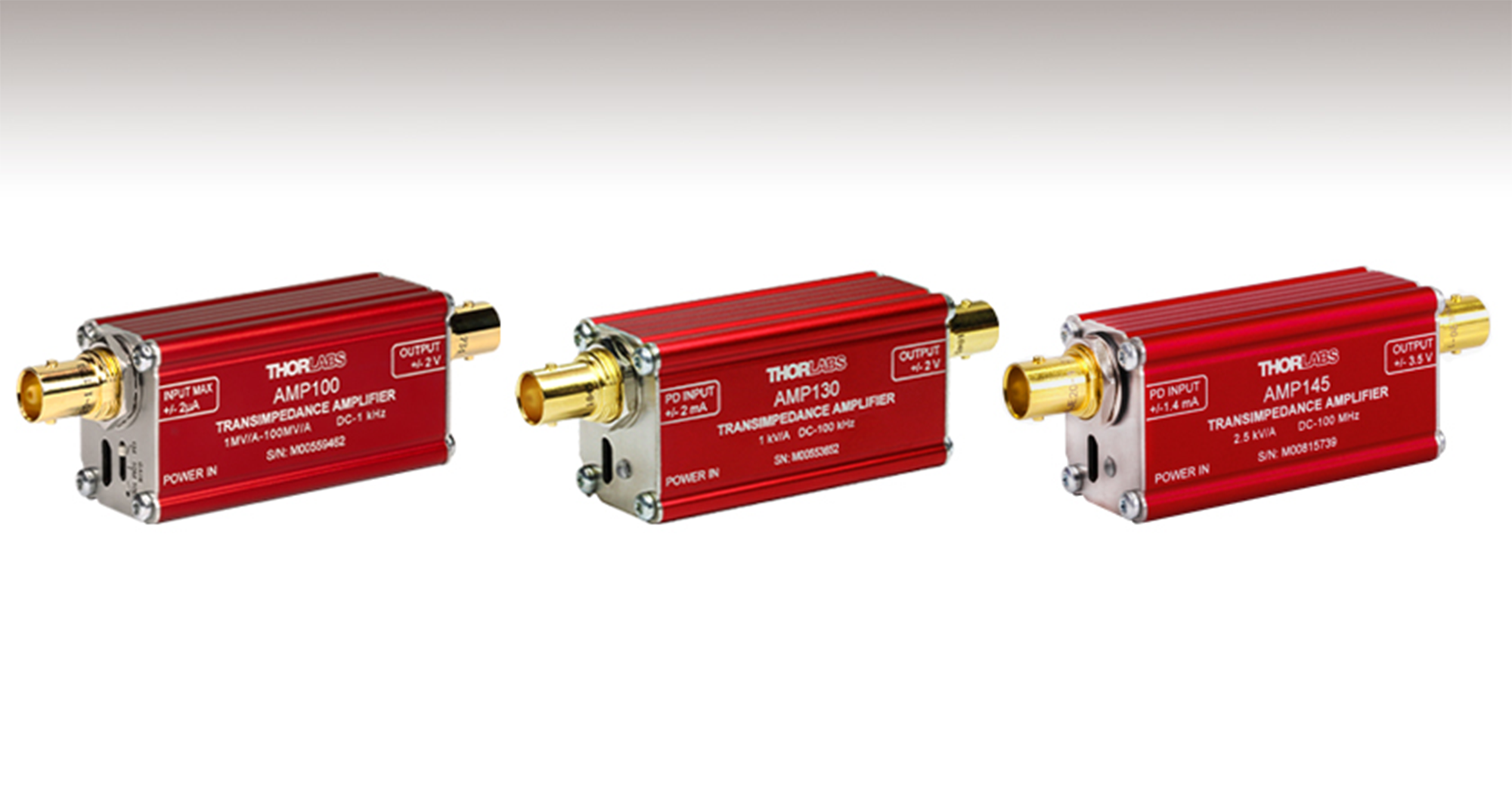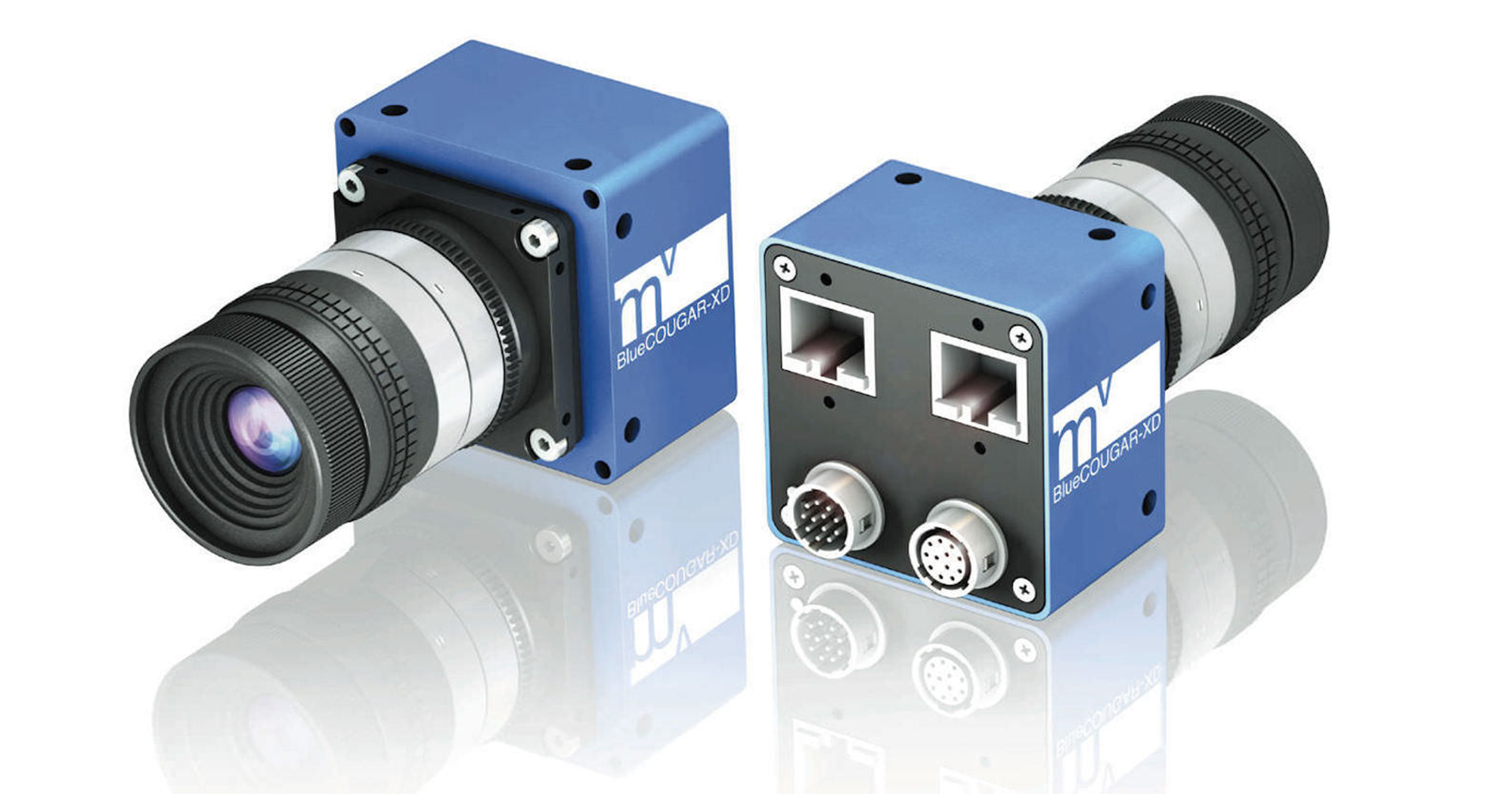Enhancing System Performance with Clock Buffers: Key Model Numbers and Applications
Clock buffers are essential components in high-speed electronic systems, serving as signal distribution points that stabilize, amplify, and manage timing signals across various system elements. With their vital role in synchronizing data across processors, memory modules, and other critical ICs, clock buffers are integral to enhancing system reliability and performance, particularly in complex applications like telecommunications, computing, and automotive electronics. This article delves into the major manufacturers, specific parts, key applications, and technical aspects of clock buffers, targeting professionals in procurement, engineering, and electronic components industries.

Leading Manufacturers and Notable Clock Buffer Model Numbers
Major manufacturers of clock buffers include Texas Instruments, ON Semiconductor, Analog Devices (Maxim Integrated), and Renesas. Each of these companies brings its unique expertise to the development of clock buffers, offering models suited to specific performance and application requirements.
Texas Instruments: Precision and stability, TI’s clock buffers, such as LMK1C1102, are designed to reduce jitter and ensure high signal integrity across high-speed systems. These models cater to telecommunications and data center applications where data transfer rates are critical.
ON Semiconductor: NB3L85313, low power consumption and high-speed performance, making their clock buffers ideal for portable and embedded systems.
Analog Devices (Maxim Integrated): Offering buffers like ADCLK925, Analog Devices focuses on high-frequency performance and noise reduction, which are crucial in radio frequency and optical applications.
Renesas: The company’s clock buffers, such as 5P49V6975, support multiple frequency outputs and programmable features, which allow flexibility in server and automotive systems.
Each manufacturer provides detailed specifications for their models, helping engineers select the best component for each application.
Applications of Clock Buffers in Modern Electronics
Clock buffers are used across a variety of industries, including telecommunications, automotive, data centers, and industrial automation. Here’s how clock buffers enhance system reliability and performance in these areas:
Telecommunications: In telecom networks, precise timing is essential for data synchronization. Clock buffers help mitigate clock skew and reduce signal degradation over long transmission paths, which is especially important in 5G infrastructure. Models like TI's LMK1C1102 offer the jitter performance necessary to maintain stable signals in high-frequency telecom environments.
Automotive Systems: Advanced driver-assistance systems (ADAS) and infotainment require high levels of synchronization. Clock buffers from Renesas with programmable features allow automotive engineers to tailor clock signals for optimal communication between sensors, processors, and other critical components.
Data Centers and Servers: Clock buffers play a central role in managing data flow and reducing latency within data center servers. High-speed buffers like the ADCLK925 from Analog Devices are optimized for low jitter, ensuring that data is processed efficiently across complex server architectures.
Industrial Automation: In automated production environments, timing precision can make or break the efficiency of operations. ON Semiconductor's clock buffers, with their low power consumption and high stability, are particularly suited for maintaining synchronized operations across various automated systems.
Technical Description: Key Specifications and Performance Metrics
When choosing clock buffers, several key technical specifications need to be evaluated to ensure optimal system compatibility:
Jitter and Noise Performance: Jitter, or timing variation, is a critical factor in applications requiring high precision. Models like the ADCLK925 offer ultra-low jitter, which is essential in minimizing data errors in high-frequency applications. Low noise performance is also critical, as it ensures the integrity of the signal over various temperature and voltage ranges.
Power Consumption: For battery-powered and portable applications, power-efficient clock buffers like ON Semiconductor’s NB3L85313 help extend battery life by consuming minimal power without sacrificing performance.
Frequency Range: Clock buffers are available in a wide range of frequencies to accommodate different applications. High-frequency buffers, like those from Analog Devices, are suited for RF applications, whereas low- to mid-range frequencies work well in consumer electronics.
Programmability and Flexibility: Programmable clock buffers like the Renesas 5P49V6975 allow engineers to configure multiple output frequencies and waveforms. This flexibility is ideal in multi-functional devices and complex systems, such as automotive control modules or industrial automation setups.
Package Type and Physical Design: Clock buffers come in a variety of packages, such as LGA, QFN, and TSSOP, to accommodate different system layouts. Compact packages, like those found in TI models, make them well-suited for applications with space constraints, like portable and embedded systems.
Package and Case Considerations
Selecting the right package is essential for integrating clock buffers into specific designs. Common package types include:
LGA (Land Grid Array): Often used in high-performance applications, LGAs provide robust connectivity and are resistant to mechanical stress, making them suitable for automotive and industrial applications.
QFN (Quad Flat No-Lead): The QFN package offers a small footprint with excellent thermal performance, which is ideal for applications requiring high power dissipation, such as data center and server setups.
TSSOP (Thin Shrink Small Outline Package): Known for its compact size, TSSOP packages are common in consumer electronics and portable devices where board space is limited.
Each package type offers different benefits, allowing engineers to optimize performance and durability based on application-specific requirements.
Conclusion: Selecting the Optimal Clock Buffer for System Performance
Clock buffers are indispensable in modern electronics, serving to enhance timing precision, reduce signal degradation, and maintain synchronization across various systems. By understanding the technical aspects and applications of these components, engineers and procurement professionals can make informed decisions that maximize both performance and reliability. With the right clock buffer, systems can achieve enhanced stability and efficiency, supporting the complex demands of today’s high-speed digital applications.
For more information or to request a quote, please feel free to send us an RFQ.




